Here’s your chance to embrace the future of transportation. Cities, towns, and villages can all benefit from this transition by deploying EV charging stations.
- Encourage EV adoption – Public electric vehicle (EV) charging infrastructure helps reduce barriers to EV adoption for drivers without access to a home charger and helps people go where they want, in a cleaner way.
-
Achieve your sustainability goals – As the number of EVs on the road increases, your residents will enjoy reduced greenhouse gas (GHG) emissions and improved air quality in their community.
-
Help local businesses thrive – Drive business to local retailers by strategically deploying EV charging infrastructure along commercial corridors and help the local economy.

When it comes to EV charging infrastructure, there’s no one-size-fits-all solution. That’s why it’s important for cities and municipalities to work with a partner with expertise and experience.
Leading industry uptime
With 98%1 network uptime, FLO chargers are ready for drivers when they need it most.
Great driver experience
The FLO mobile app for iOS and Android allows members to manage their FLO experience wherever they are, using only their smartphone.
Flexible billing options
Choose the billing that suits your needs either by length of time or by kilowatt hour (where applicable).
Complete solutions
Thoughtfully designed EV charging stations for all types of deployment and a range of services that keep your stations running.
Proven track record
We have years of experience helping cities and municipalities of all sizes install EV charging stations from Los Angeles to New York City.
24/7 driver support
EV drivers can obtain immediate assistance in accessing a charger, no matter the time of day, directly from FLO2.
Built to last
We don’t compromise on quality. Our products are designed with durability and reliability in mind.
Purpose-built for cities
Designed for curbside installation or offering a wide range of configuration, FLO charging stations are made to meet your needs.
Dufferin County: Leading the Charge in Rural EV Adoption
It’s not just cities that have to contend with greenhouse gas emissions. Take Dufferin County, Ontario, a collection of eight municipalities made up of more country areas than city ones. Their natural beauty comes with long distances between homes, shops, and municipal offices. And like many rural counties, public transportation is limited in Dufferin.
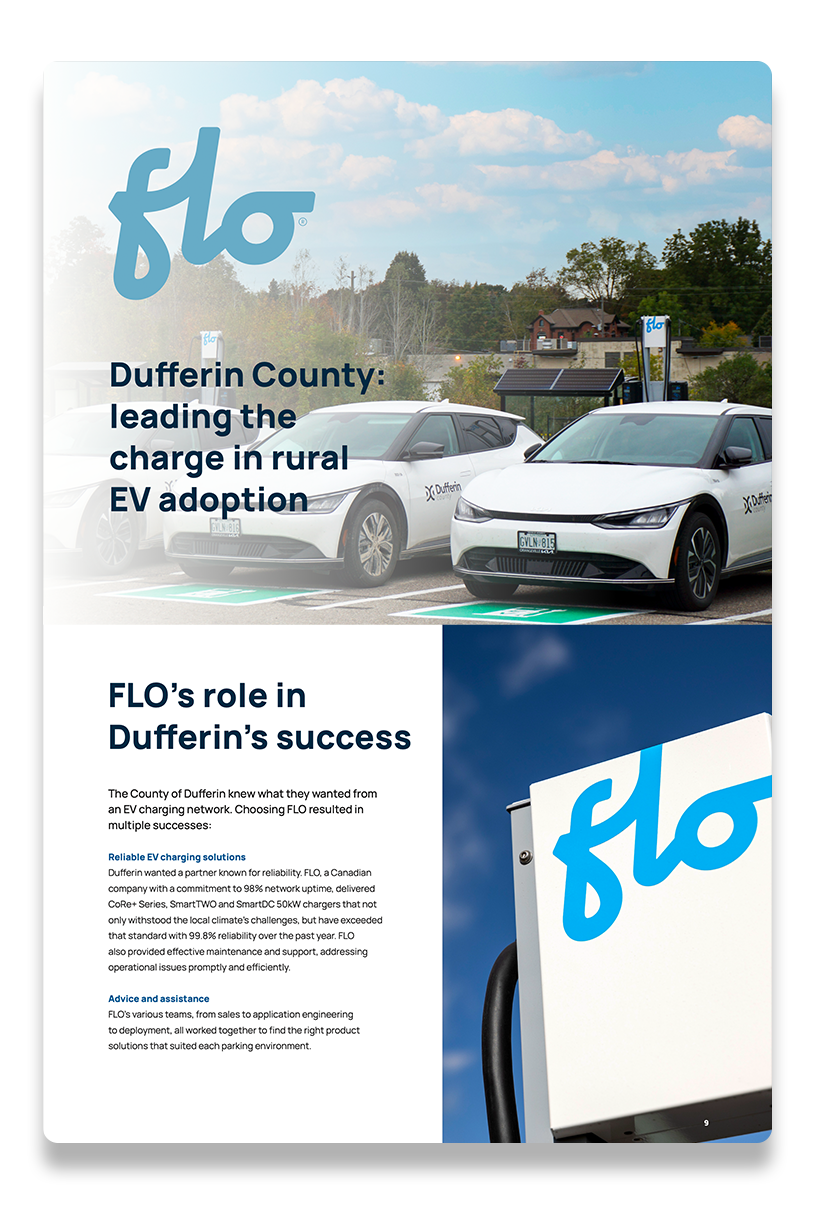
Providing access to public charging solutions reduces the barriers to EV adoption and makes owning an EV more convenient. Curbside charging is especially helpful for residents of condo and apartment buildings who don’t have access to a home charger.
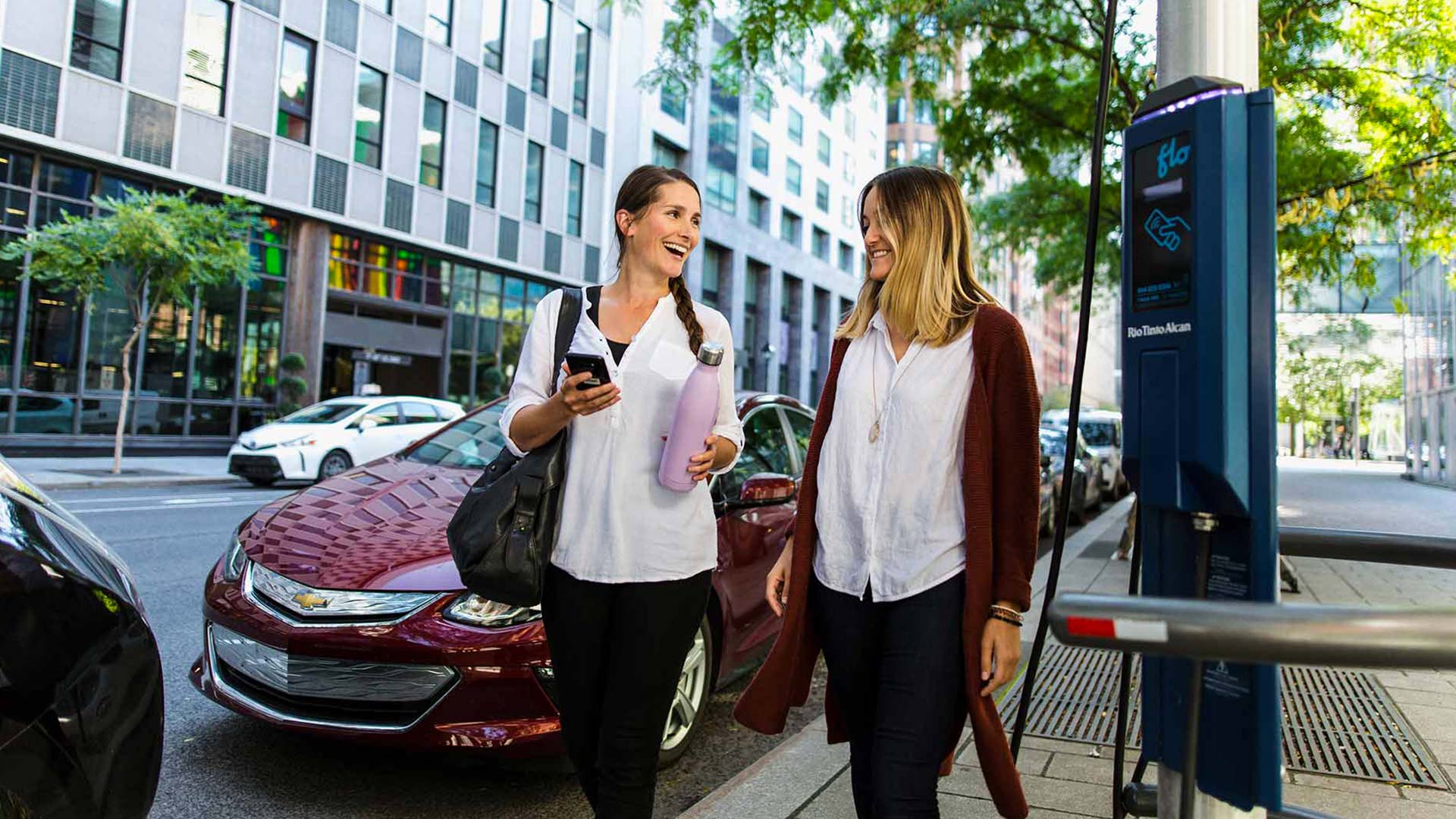
Towns and municipalities located between two major cities can benefit from installing DC fast chargers. Data shows that installing EV charging station boosts annual spending at nearby businesses by up to 3.2%3.

Make the buying process easier and more affordable with our cooperative purchasing contract. Following a competitive solicitation process, Sourcewell recognized FLO as a vendor that meets the highest quality standards.


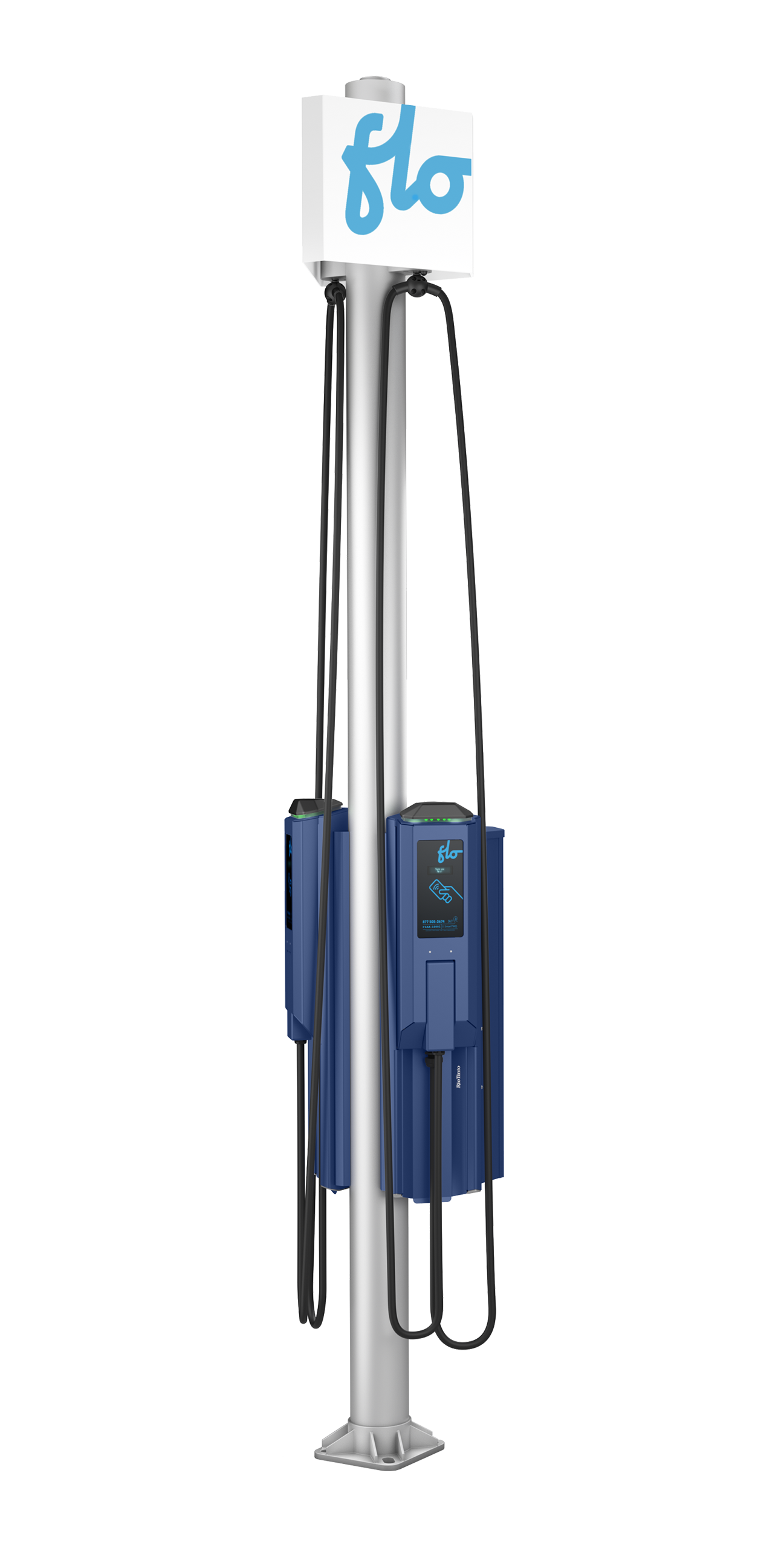
Designed to electrify cities, these are ideal for curbside installation. Their sleek design blends in harmoniously with the urban landscape.
Built to last, year after year
NEMA 3R aluminum casing offers maximum climate resistance and long-term durability.Made for the urban environment
FLO’s SmartTWO-BSR features a patented locking mechanism that protects the connector when the station is not in use. It unlocks only after authentication.Safe and user-friendly
Our unique cable management system ensures cables are kept safely off the ground when not in use, eliminating tripping hazards and making moving the cable easy.Installation and scaling made easy
The master unit is equipped with a distribution panel that includes a dedicated meter along with all the hardware to host up to six breakers capable of feeding up to six units.FLO offers a full suite of software and services allowing cities to focus on the benefits of electric transportation, not the challenges of building and maintaining charging infrastructure.
Owners’s portal
An essential tool to make management of your network-connected FLO EV charging stations easier.
Energy management
FLO’s patented energy management technologies allow cities to lower costs, easily scale up, or stay future-proof.
Performance warranty
The FLO Performance warranty has you covered with an industry-leading uptime guarantee, proactive support, and priority service.
Global management services
We provide support, monitoring of the charging stations, and offer a wide range of additional features.

We’ve put together this list of more commonly asked questions to offer city leaders insights to support sustainable transportation and ensure accessible and reliable charging options for all. Can’t find the answer you’re looking for? Please don’t hesitate to contact us.
Investing in electric vehicles charging infrastructure helps support EV adoption, reduces greenhouse gas emissions, and aligns with sustainability goals. It also provides economic benefits when installing EV charging stations alongside commercial roads, by attracting EV drivers to local businesses.
There are three main types of EV chargers: Level 1, Level 2, and DC fast chargers (also known as Level 3 fast chargers). Cities and municipalities need to decide which blend of chargers will best meet the needs of their communities: Level 2 chargers are common for public idle charging, while DC fast charging stations might be placed along highways or busy areas to attract long-distance travelers.
One of the key strategies is to prioritize charging stations in low-income neighborhoods, and underserved or high-density areas, where residents may not have access to private charging at home. Municipalities can also incentivize private installations in such regions. Ensuring accessibility for people with disabilities should also be a priority in station design and installation.
Charging stations should follow a pricing structure that’s fair, accessible, and incentivizes usage. City leaders need to decide whether to charge per hour, per kilowatt-hour (kWh), or per charging session. Offering discounts for off-peak charging can also help manage demand and reduce grid strain.
Work with a vendor that offers durable and reliable EV charging solutions, like FLO. To maximize uptime, consider value-added services to help monitor your charging stations, so that broken chargers can be reported and repaired promptly. For complete peace of mind, the FLO Performance warranty guarantees at least 98% uptime and priority maintenance service from our expert team.
Federal and state grants, such as the federal government’s Charging and Fueling Infrastructure (CFI) Grant Program, offer funding opportunities. Additionally, utilities may provide incentives or rebates for EV infrastructure projects.
EV charging infrastructure planning should take into account projected increases in EV adoption, which can be informed by local government policies, incentives, and technological advancements. Invest in scalable charging infrastructure that can be expanded as demand grows. FLO’s SmartTWO-BSR charging station is ideal for curbside installation and easy to scale. The master unit is equipped with a distribution panel that includes a dedicated meter along with all the hardware to host up to six breakers capable of feeding up to six units.
One of our experienced sales consultants will provide you with all the knowledge you need to electrify your community.
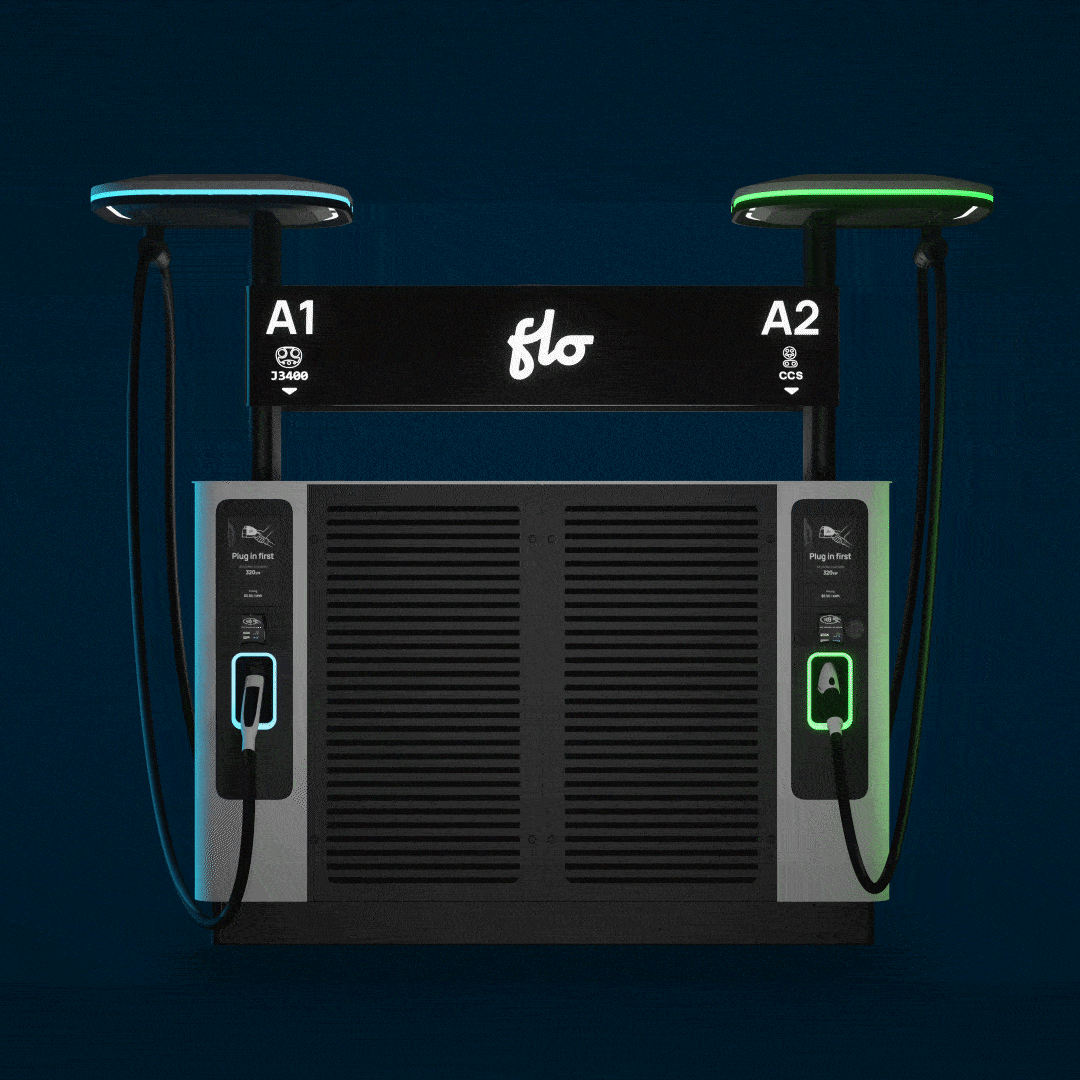




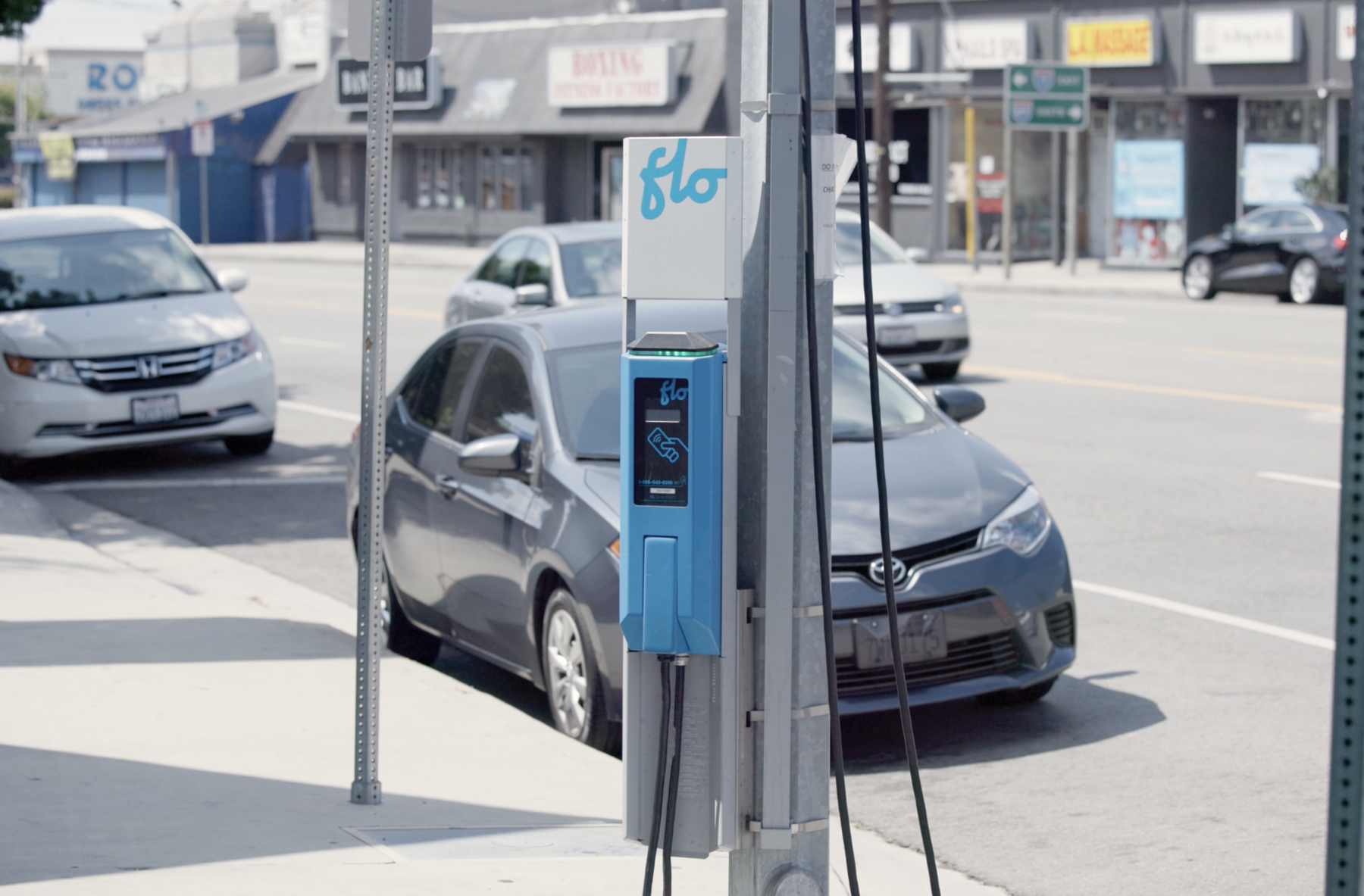


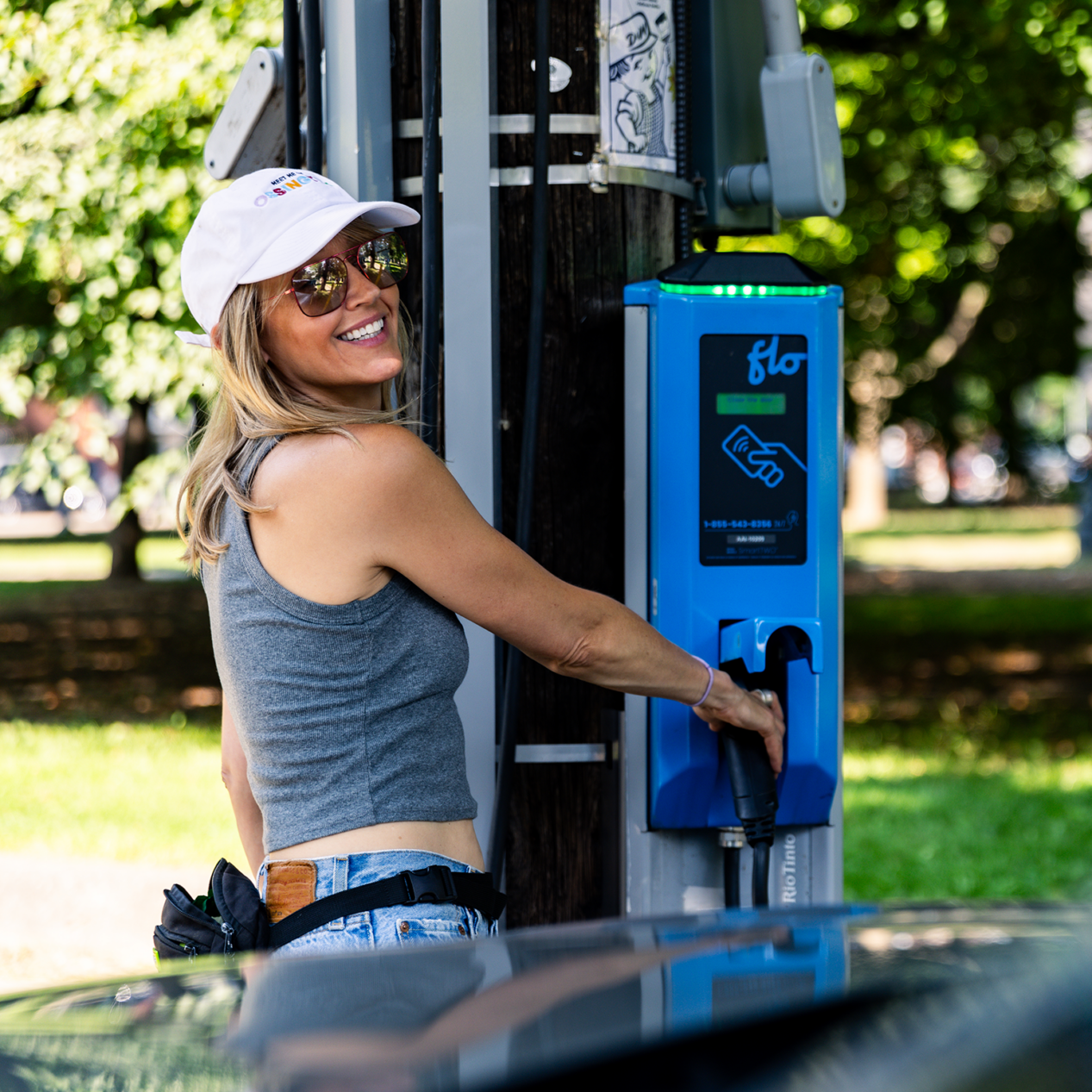
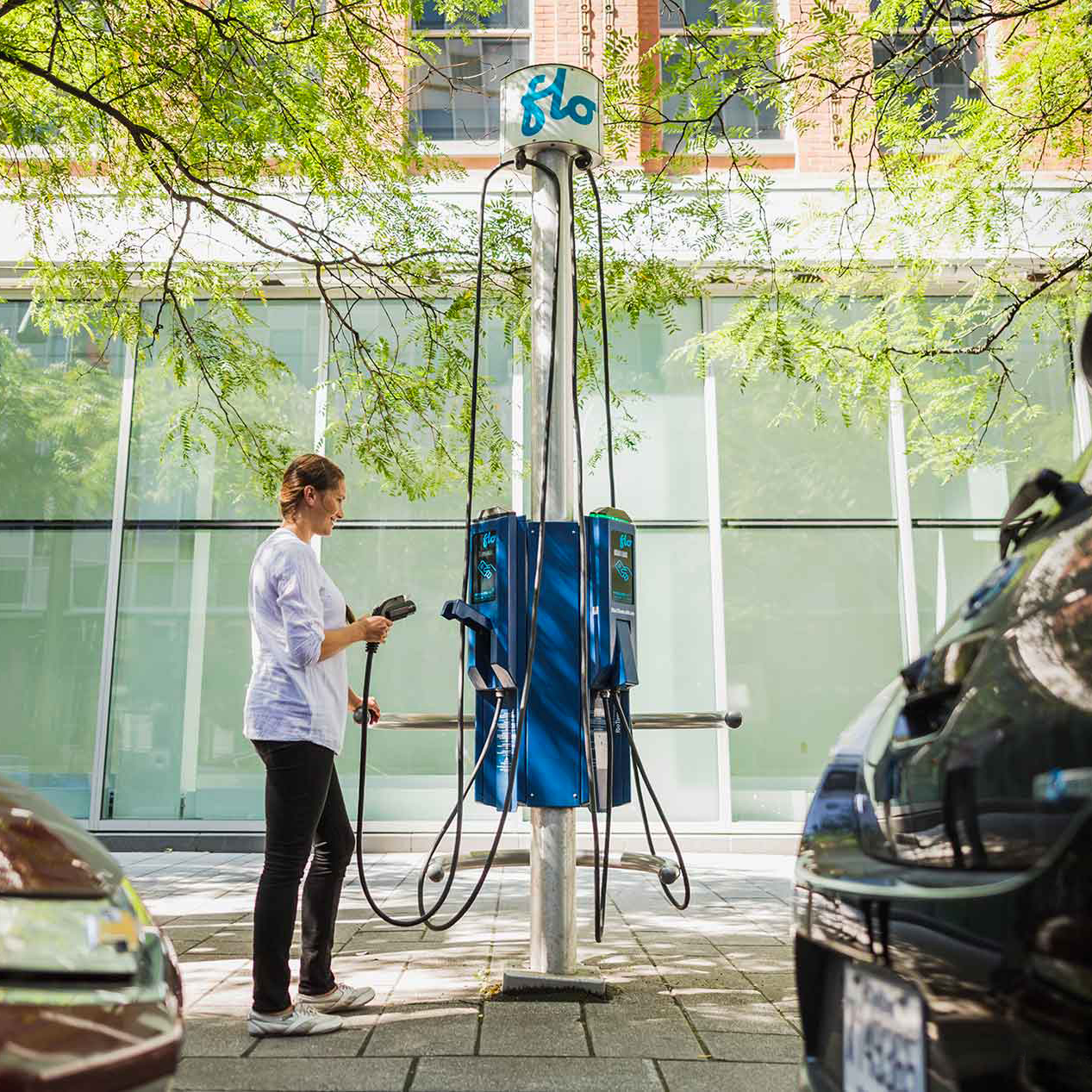
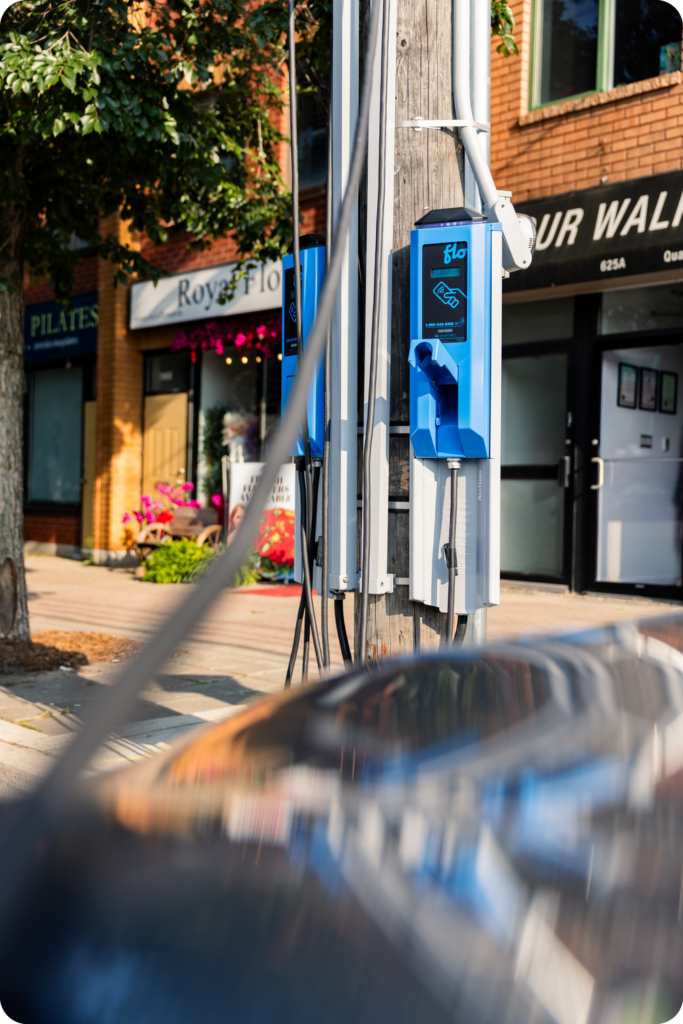




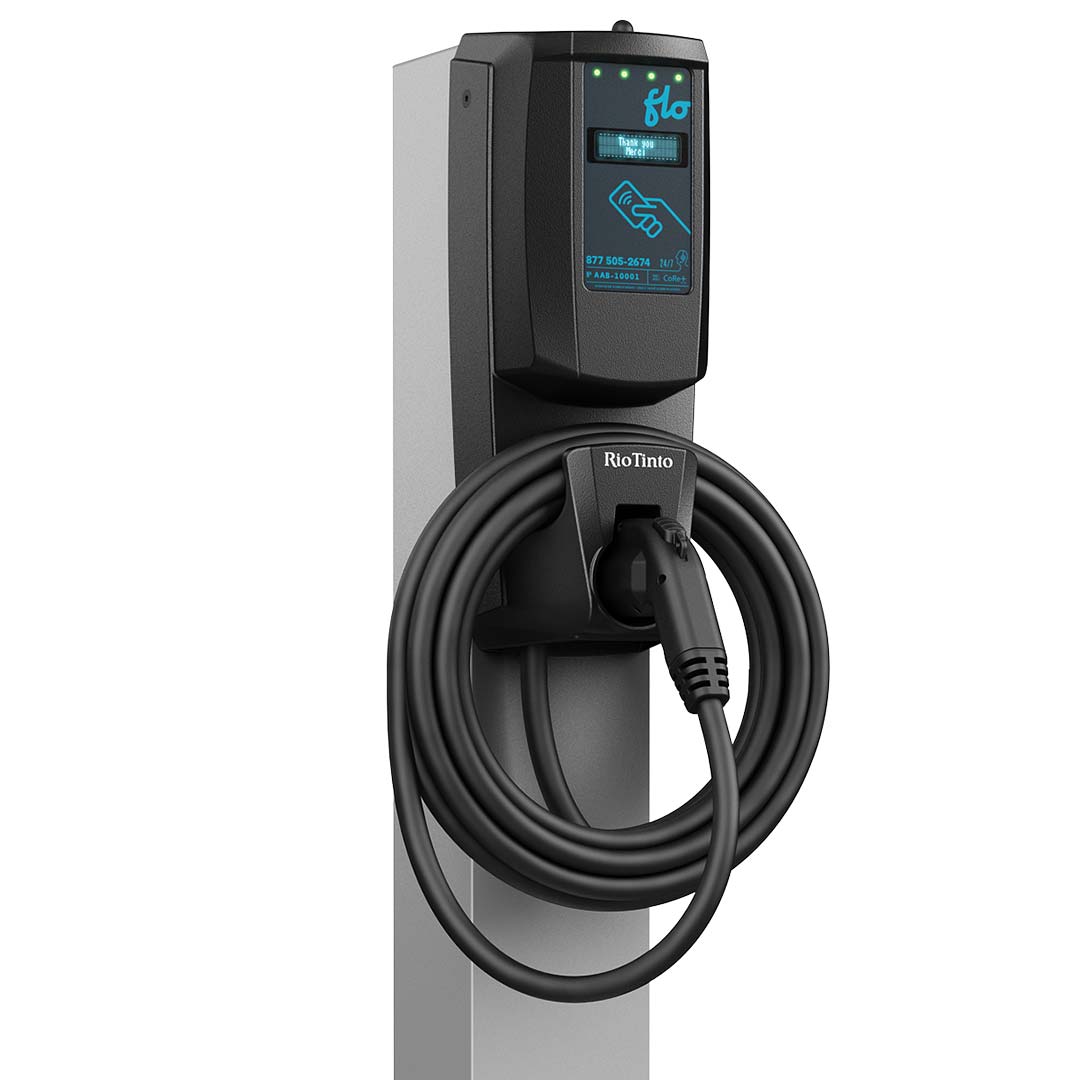
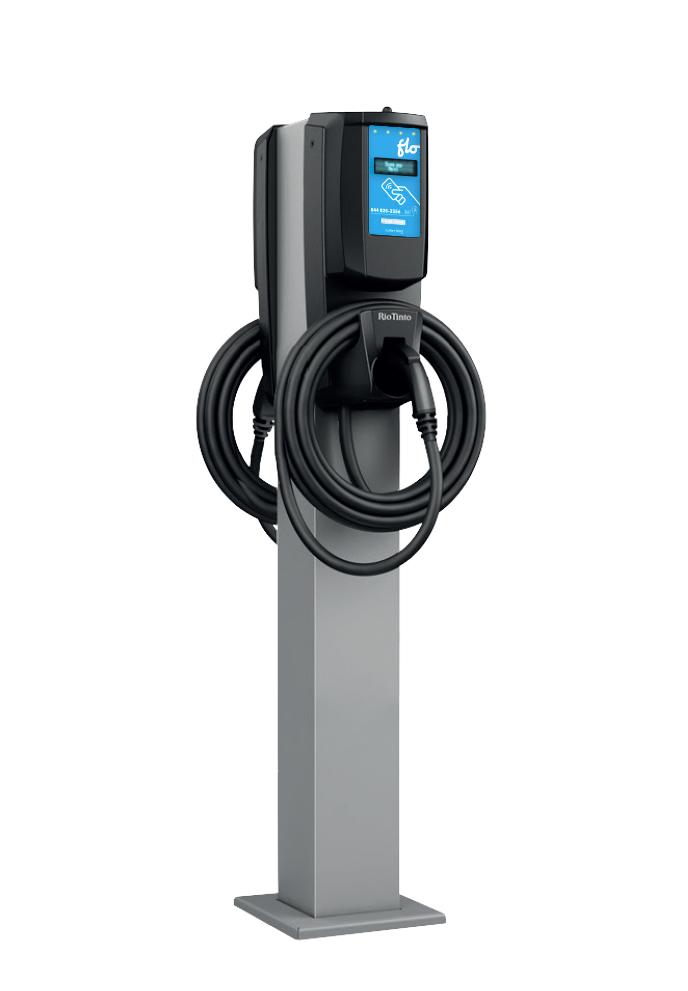

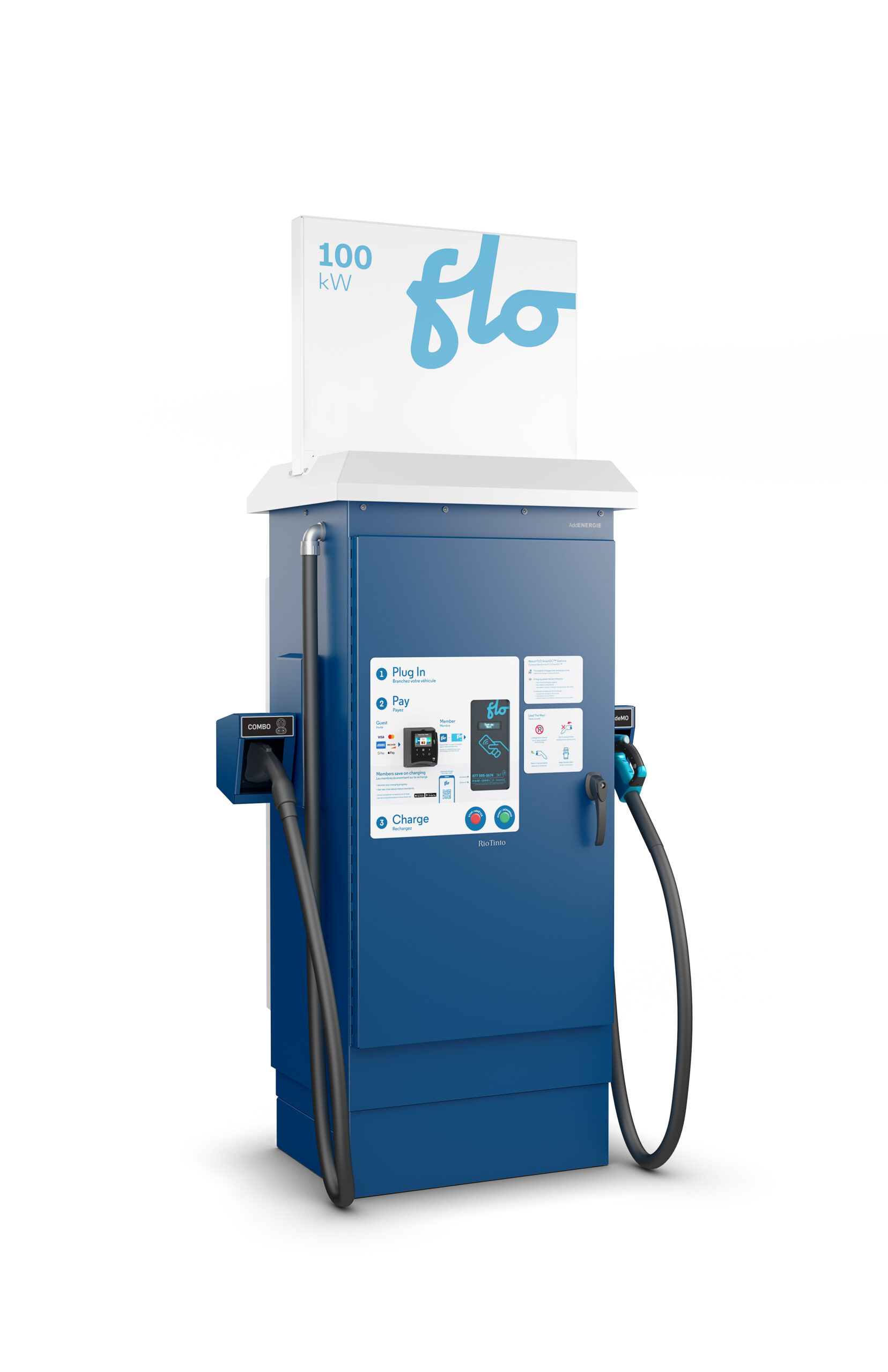

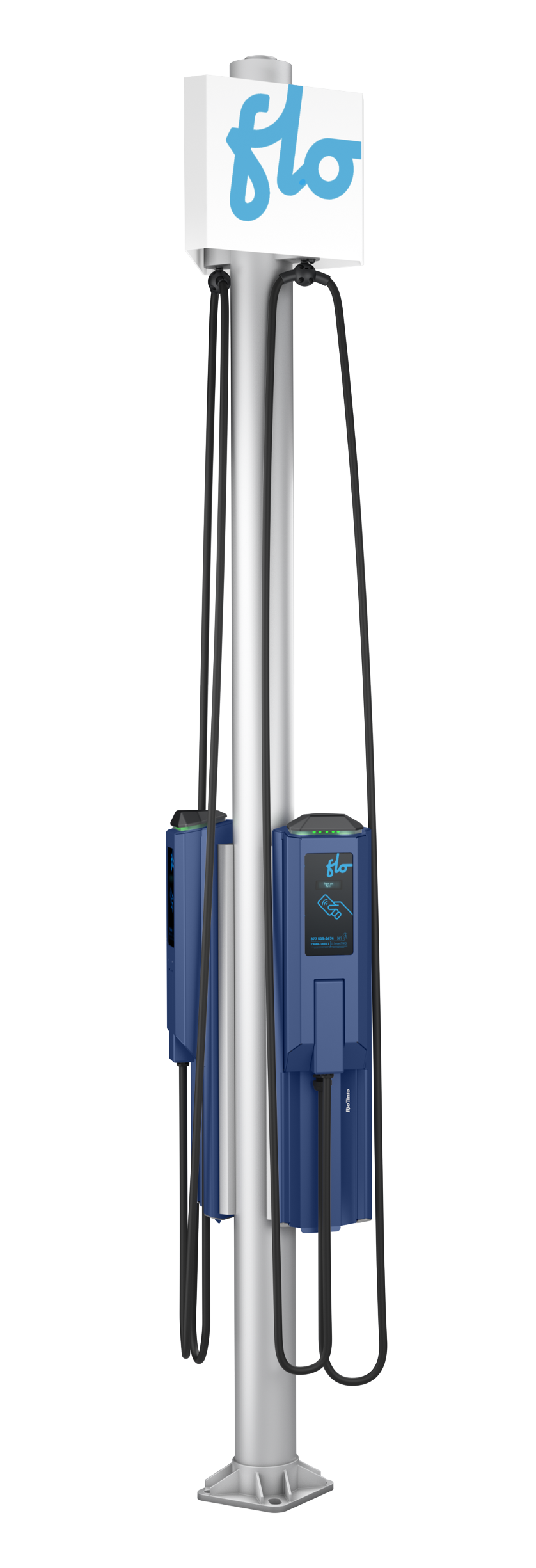
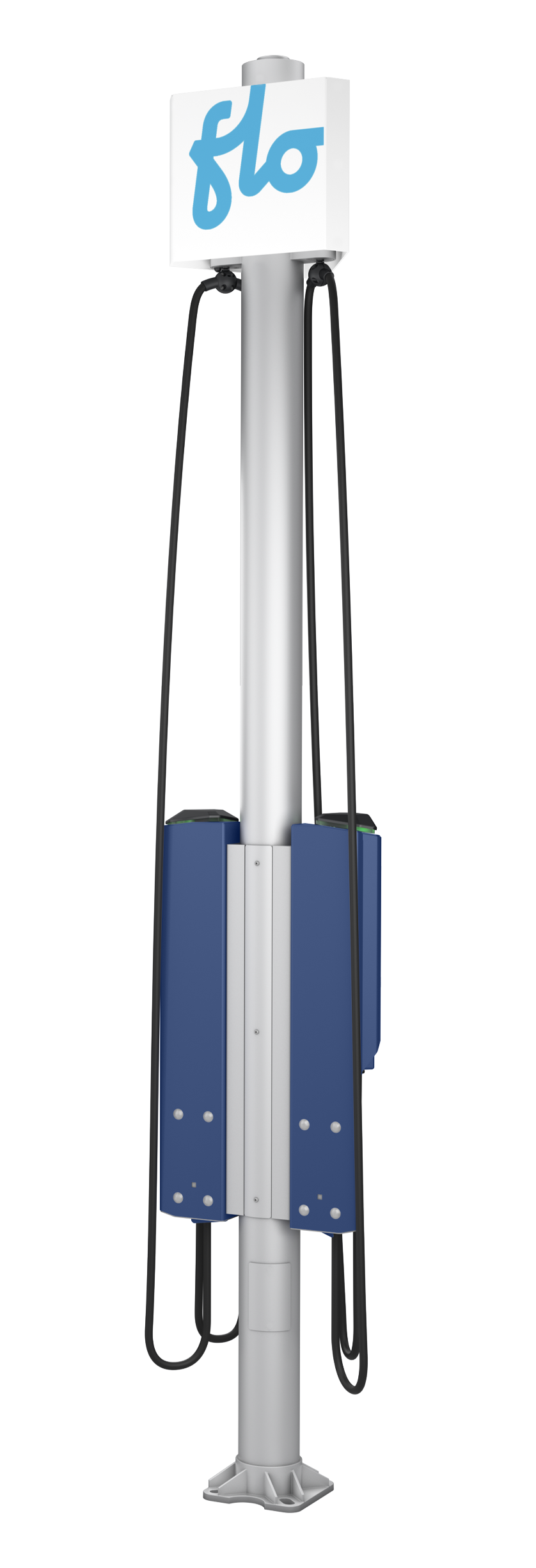
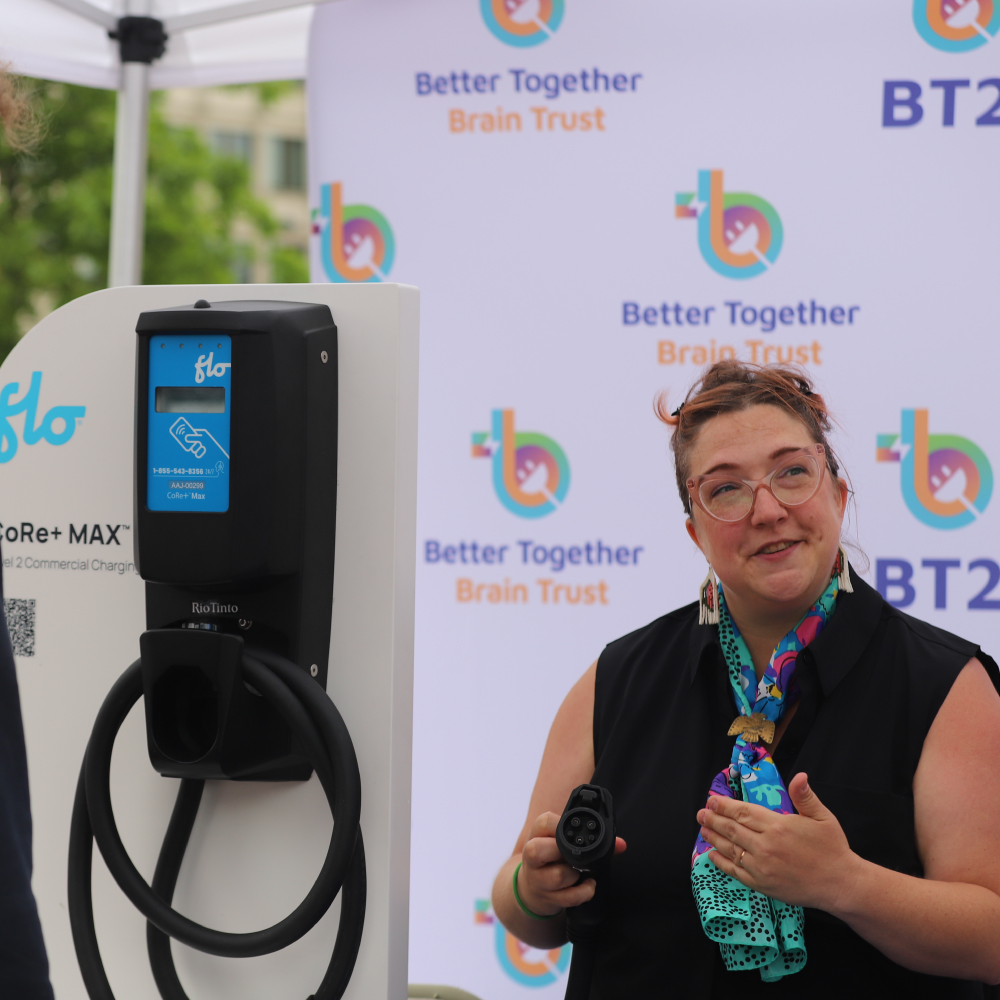
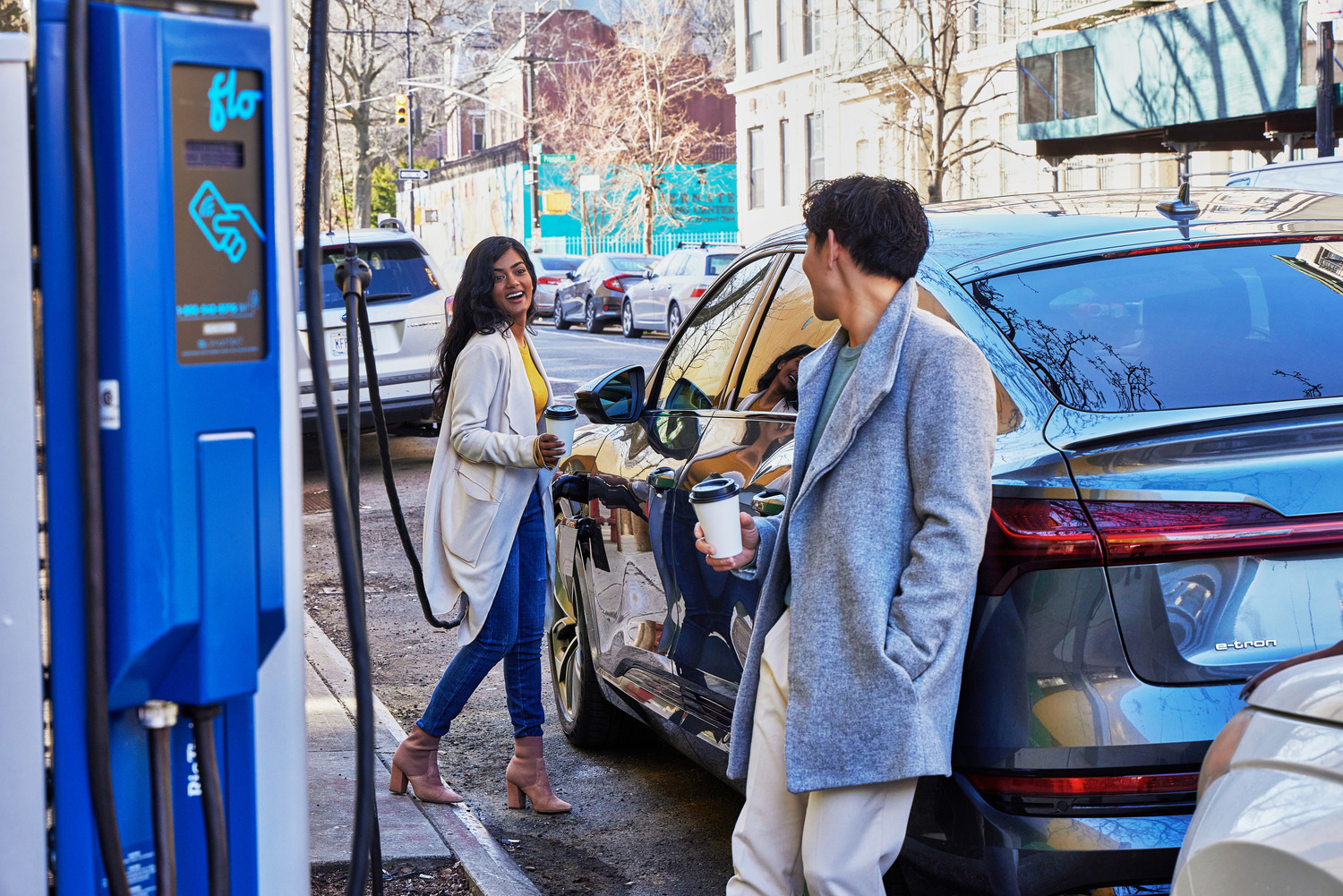


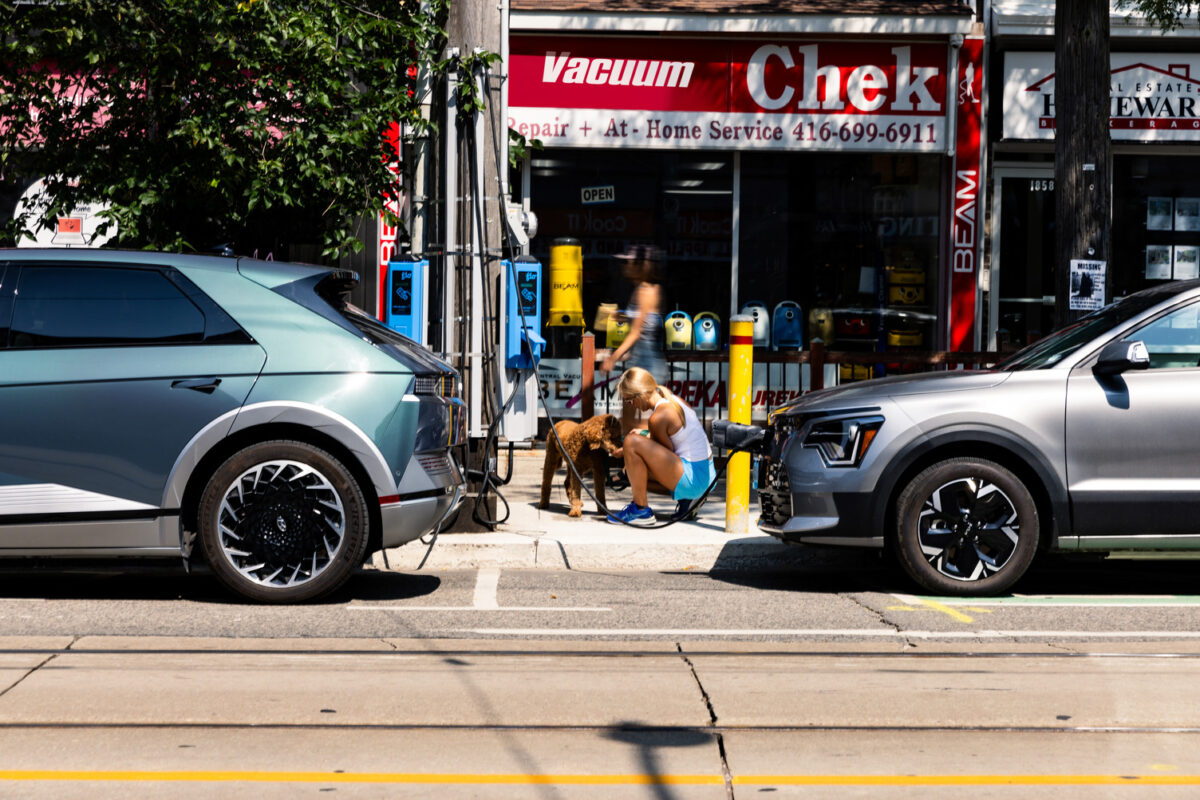
Roy Rada
Manager — Electric Vehicle Demonstration Projects, Con Edison